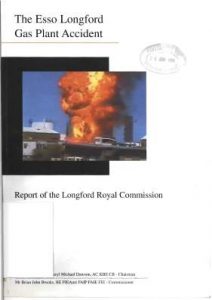 Workplace health and safety was given only a passing mention in the speech provided by Bill Shorten at the 2018 ALP National Conference on December 16, 2018.
Workplace health and safety was given only a passing mention in the speech provided by Bill Shorten at the 2018 ALP National Conference on December 16, 2018.
In the context of workplace economics and industrial relations, some speakers mention “social investment” or “social progress” and occupational health and safety (OHS) exists in these issues


 At Australia’s
At Australia’s